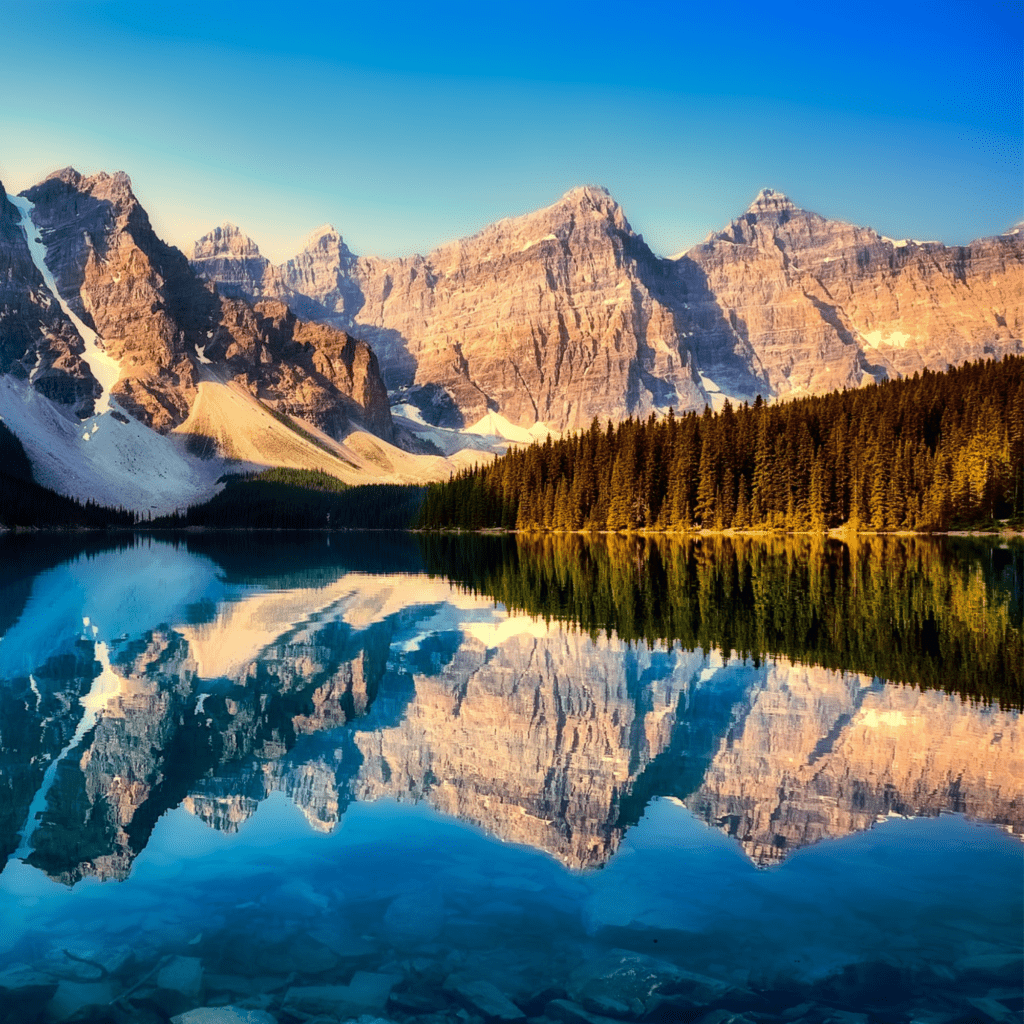4 Easy Tips To Create Beautiful Lake Landscape Photography
What Makes Lake Landscape Photography So Special?
Always beautiful, lake landscape photography can be dramatic to peaceful and has a special place in most photographers’ hearts. From a mountain landscape behind glacial lakes in Olympic National Park to the beautiful mountain lakes in Glacier National Park, some of the most beautiful places for lake landscape photographs can be found right here in the United States.
A genre like this can capture the beauty and tranquility of nature at its purest. From the majestic mountains surrounding the lake to the gentle ripple of waves along the beach, each photograph captures a moment that can never be recreated.
With the proper approach and some practice, you can create beautiful lake photos that will last a lifetime. When shooting lake landscapes with your camera, consider these 4 top tips for lake photography – essential for all landscape photographers looking to capture stunning lake photos.
Not every lake dreams to be an ocean. Blessed are the ones who are happy with whom they are. –Mehmet Murat ildan
Tip 1: Choose the Right Time of Day for Your Shoot
It is light that makes photographs possible. When it comes to shooting the perfect photo, the optimum time is everything. Understanding the best time of day to capture it can help you create the most stunning and unique images.
The best time for lake photography is usually either in the early morning light or late in the afternoon when there is more natural light and less glare from the sun. This allows you to capture vibrant colors and stunning reflections in your images.
Whether you’re a professional photographer or an amateur, understanding how light affects your photos and choosing the right time of day for your shoot can make all the difference in capturing amazing shots.
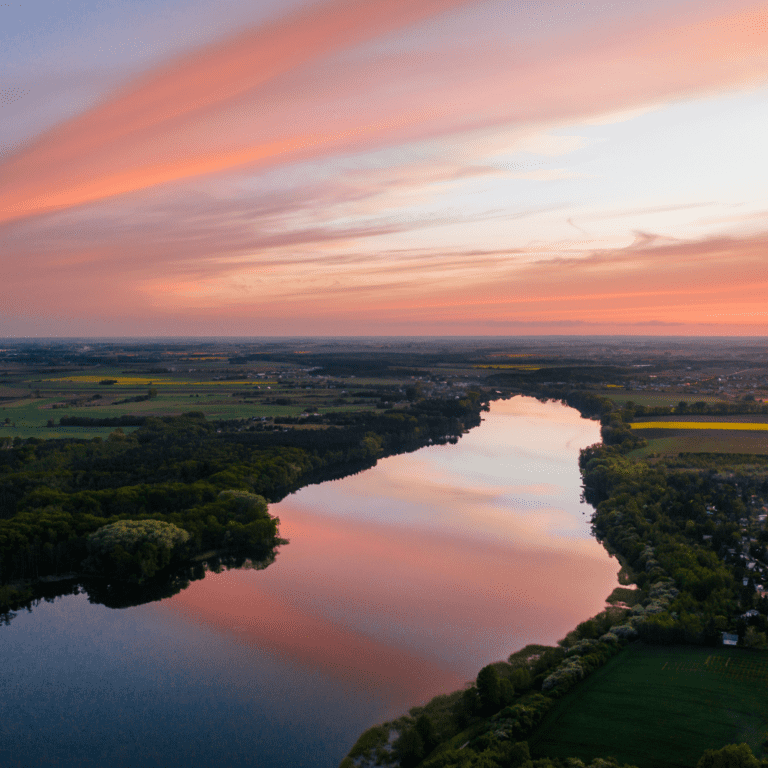
Sunrise And Sunset For Lake Landscape Photography
Both times are popular choices for lake landscape photography as they provide unique lighting and color that can add a lot of drama and emotion to your photos. This unique art form captures light’s beauty at its most magical points.
The light at these times also looks incredible; it’s soft and warm and casts long shadows that can add a three-dimensional quality to your images.
Most of us generally avoid the midday sun and bright blue sky when taking photos.
At noon, the sun’s rays are at their brightest and harshest, making working with the lighting difficult. In addition, with the bright sun come harsh shadows and a lot of contrast, creating overexposed and blown-out images.
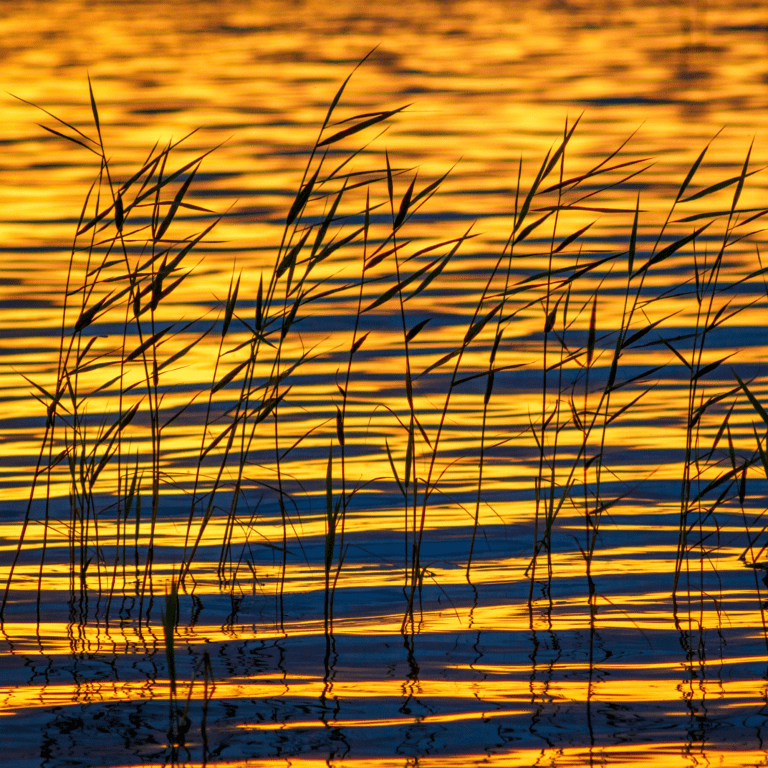
The Golden Hour For Lake Landscape Photography
Just before sunrise and sunset, the “golden hour” is also an excellent time to take photos.
It provides softer light and dramatic orange, yellow, pink and purple colors, perfect for capturing beautiful reflections on the lake’s surface. The only thing better is if there were soft, thin clouds for the sun to light up, causing dramatic skies.
The Blue Hour For Lake Landscape Photography
Blue hour photography is a great way to capture stunning lake landscapes, cityscapes and other outdoor scenes. The blue hour is the period just after the golden hour in the evening and just before the golden hour in the morning. Blue wavelengths dominate indirect sunlight during this period.
These perfect times and a great location with a spectacular view will also give you many print options. Share that great shot on metal prints or wall art prints in various sizes with family and friends.
Give it a try. Like the golden hour, the blue hour provides soft, diffused light, and while it may appear too dark to the naked eye, it is incredible how much light your camera will pick up during this time.
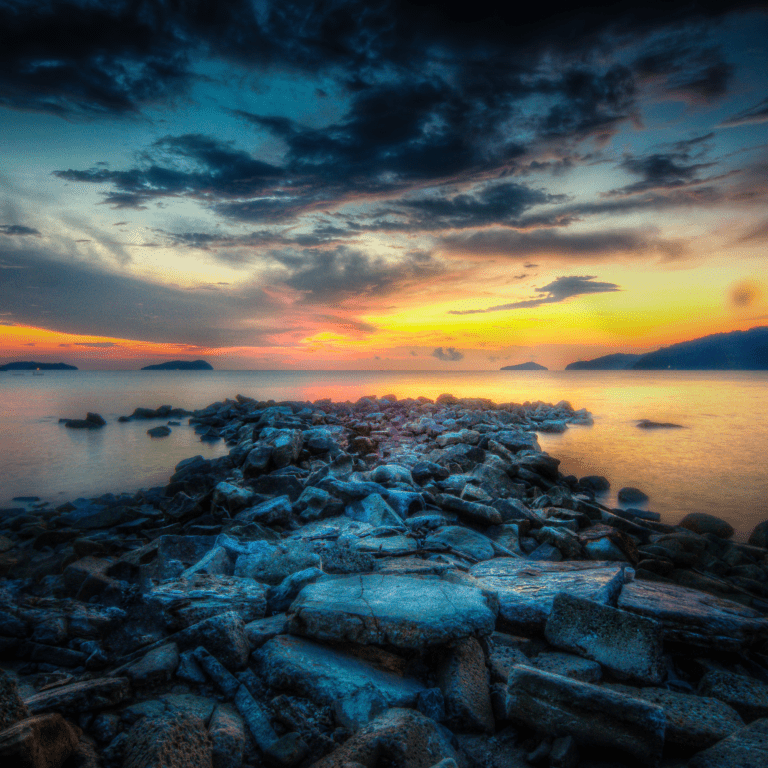
Tip 2: Use The Right Camera Settings For Capturing Stunning Lake Landscapes
For stunning landscape photography, mastering the correct camera settings is essential.
From shutter speed to ISO and white balance to aperture, each setting can make a world of difference in your photos. With the right combination, you can capture beautiful and unique landscapes.
The following section will help you understand the basics for capturing lake landscapes from shutter speed to aperture. Be sure to refer to your cameras’ instruction guide for complete details.
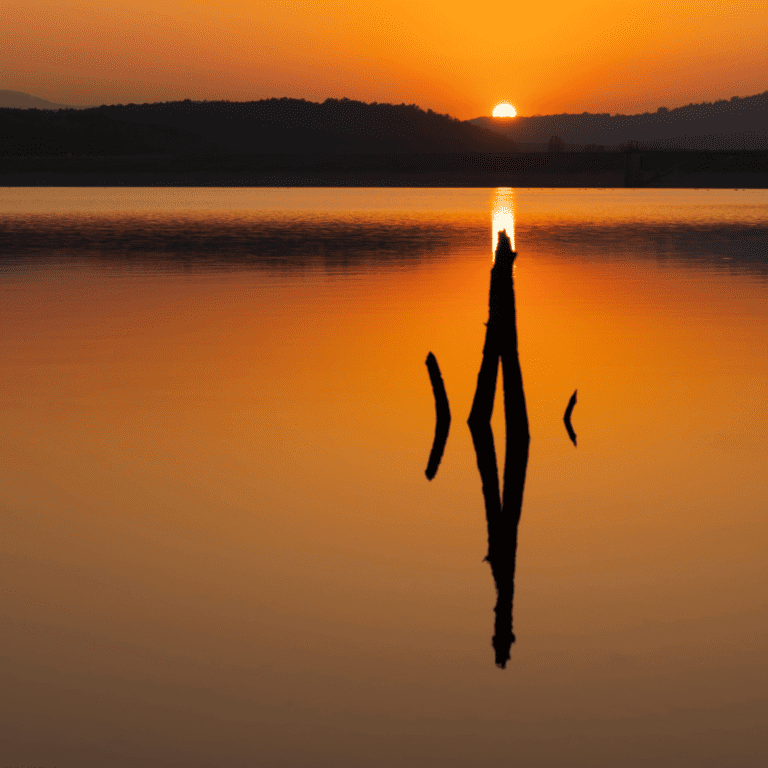
ISO Settings for Lake Landscape Photography Around the Golden Hour
Capturing stunning landscape photos during the golden hour requires mastering the correct ISO settings.
The ISO setting on your camera should be between 100 and 800. It’s ideal to start at 100 to prevent too much image noise.
You may need to choose a higher value as the darkness increases. To avoid grainy, unusable pictures, don’t go beyond 800.
The ISO sensitivity settings on your camera can be turned on if you prefer not to adjust your ISO manually. Using the ISO settings, you can set the minimum to 100 and the maximum to 800.
While shooting, the camera will automatically select your settings but never exceed your chosen parameters.
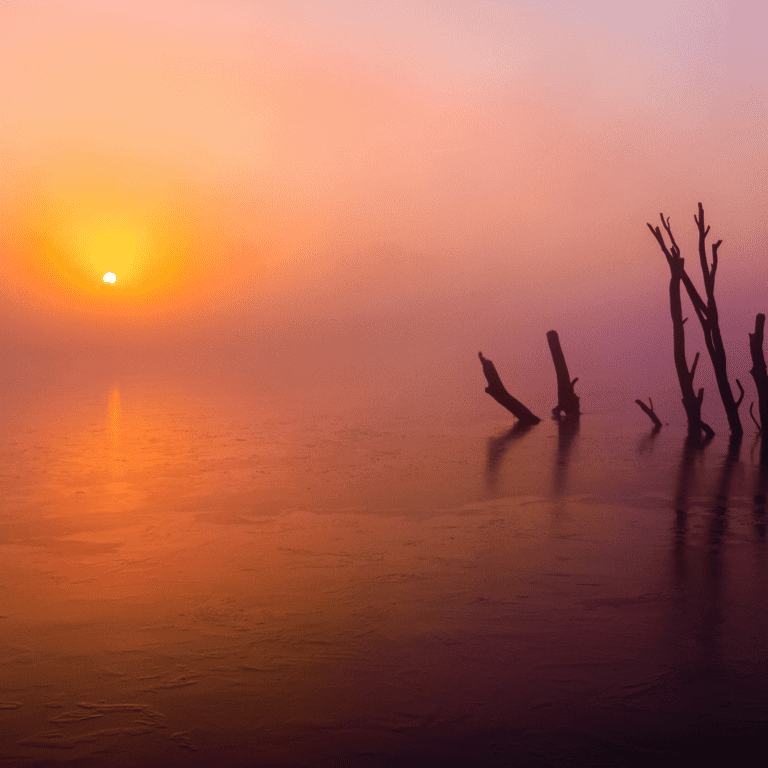
Shutter Speed for Landscape Photography Around the Golden Hour
Capturing the beauty of a landscape during golden hour can be tricky. Light levels are low in and around the Golden Hours and can change quickly.
By freezing action or blurring motion, shutter speed can create dramatic effects by changing the brightness of your photo. Moving subjects in your photo will appear blurry if your shutter speed is long.
Using a tripod, you can also capture the Milky Way or other objects at night with slow shutter speeds. Rivers and waterfalls can be portrayed in motion using long shutter speeds while everything else remains sharp.
When you use a fast shutter speed to photograph water, each droplet will hang in the air completely sharp, which may not even be visible to us.
Shooting around the Golden Hour, generally speaking, a slower shutter speed of around 1/30th or 1/15th of a second is ideal for landscape photography during golden hour as this will provide enough time to gather light and create beautiful images with vivid colors and details.
Experimenting with different settings will help you find the perfect balance for your photography!
Note:
One of the best settings for golden hour photography is auto white balance and shooting in RAW. Here, it’s essential to shoot in RAW so that color profiles can be assigned to images in post-processing.
A RAW file also provides more information about luminescence and color temperature than a JPEG file. 14-bit RAW is better than 12-bit RAW if your camera has it.
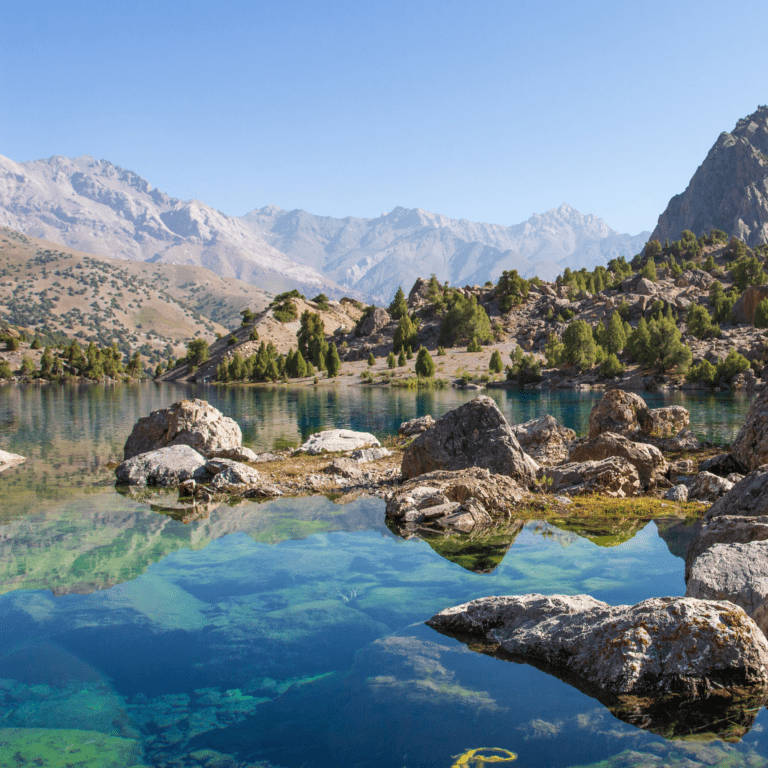
Tip 3: How to Find the Perfect Angle to Capture the Beauty of a Lake
Lakes are some of nature’s most stunning, tranquil scenes. Creating images that capture the authentic character of a lake is special, and several angles can help make those incredible shots.
From aerial shots to up-close images, the right angle can make crystal clear reflections in your lake photos pop with color, depth and emotion. With these tips in mind, you can easily capture impressive images of any lake.
Composition Tips for Lake Landscape Photography
Capturing the beauty of a lake landscape in a photograph requires careful composition yet keeping it creative. By considering the whole area and elements that make up the composition, such as color, light, contrast and texture, you can create stunning images that truly capture the atmosphere of their natural environment.
Try this:
- Foreground elements can act as framing elements. Try to incorporate elements in the foreground that frame the scene.
- Change the perspective by getting down low. I like to pick the most interesting point of my lake landscape and then find a spot in my foreground to observe it differently. Sometimes you might need to step backward or sideways a few feet, placing the main focal points on a different leading line.
- Find leading lines in your foreground. Look for foreground elements that draw the viewer’s attention to the center of the image. Make your photo more interesting by pointing at the focal point with rocks, logs, and branches at the water’s edge.
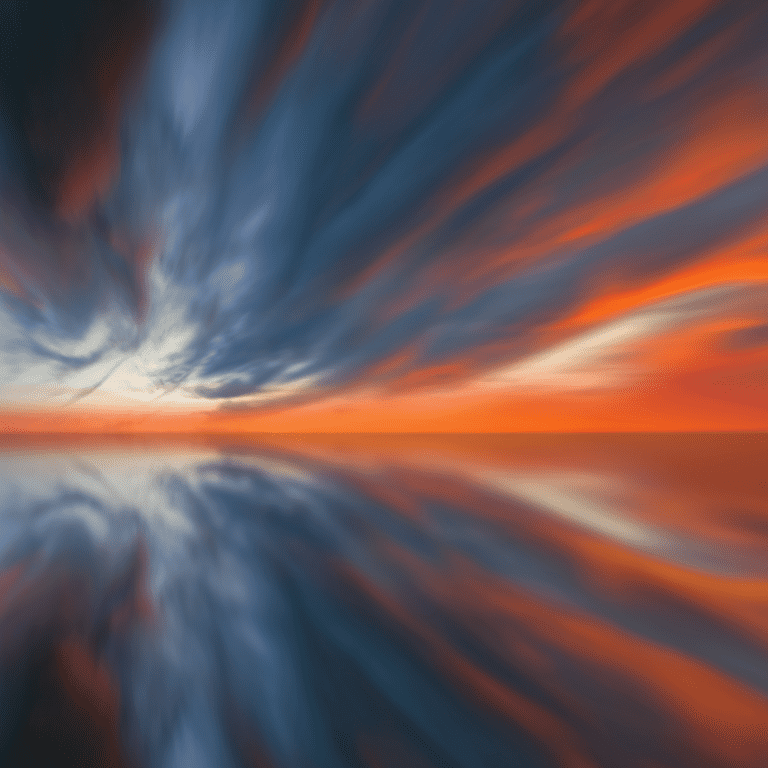
Tip 4: Use Reflections to Enhance Your Lake Landscape Photography
What is the mirror effect?
Have you ever seen a stunning landscape photo with a perfectly symmetrical reflection of the scenery in the still water? That is the mirror effect. Capturing this effect requires precisely timed shutter speeds. It is achieved by shooting when the water is as still as possible.
- Take these photos when the sun is low. You’re more likely to capture better water reflections early morning or late in the day, especially during the golden hours.
- In addition to helping you frame your shot steadily, tripods enable you to position and angle your camera in any direction, making it much easier to shoot test shots of the same scene until you get the perfect image.
- Use the correct camera settings. A smaller aperture f/11 for landscapes or f/5.6 for smaller objects and smaller areas will enhance details and reflections. Also, use a fast shutter speed so you won’t capture ripples in the water or other motion in the surroundings. Lastly, increase your ISO slightly to compensate for the lowered exposure caused by a smaller aperture and fast shutter. However, avoid exceeding ISO 400 or 800 to prevent excessive grain or noise.
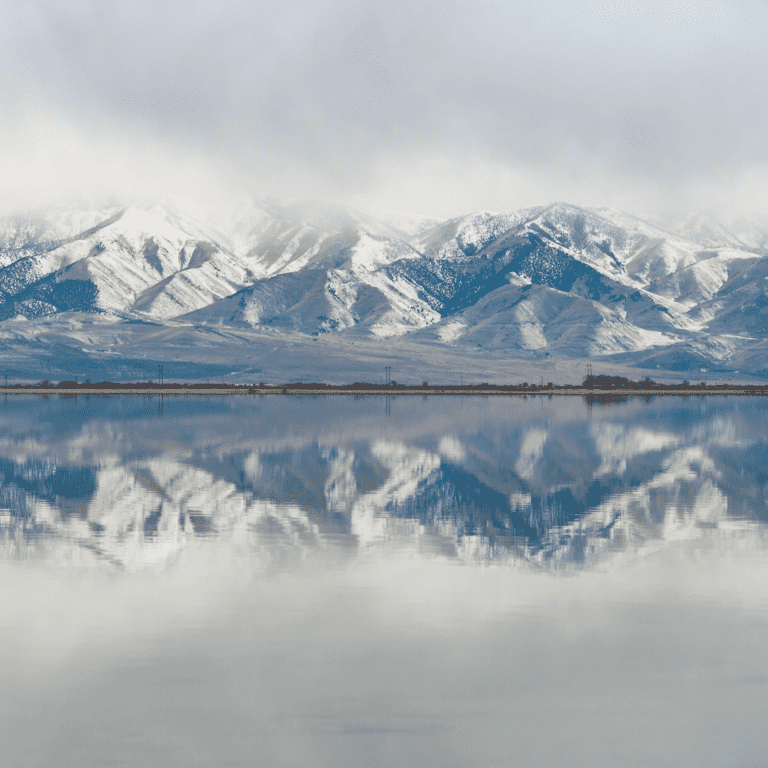
I hope you agree creative lake landscape images can be made anywhere you think is the perfect spot. Nature photography at Crater Lake National Park or the Lake District National Park, for example, in late spring or during the summer months, might be a popular location, but a great image can be made anywhere you find beautiful scenery and blue waters along the north shore.
Thanks for reading. If you’ve enjoyed this and look forward to making your next great image, please help me grow my blog by sharing this post on your social media, via Pinterest, or by email.

